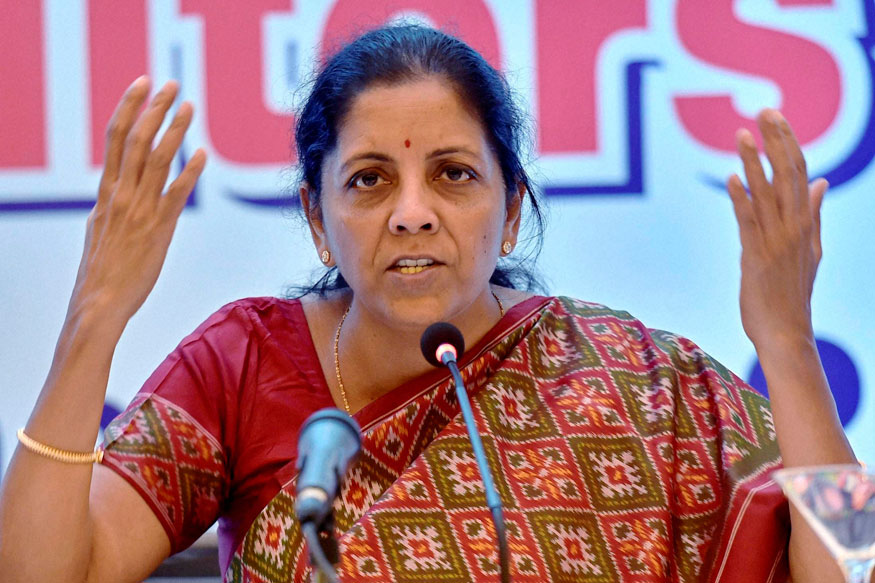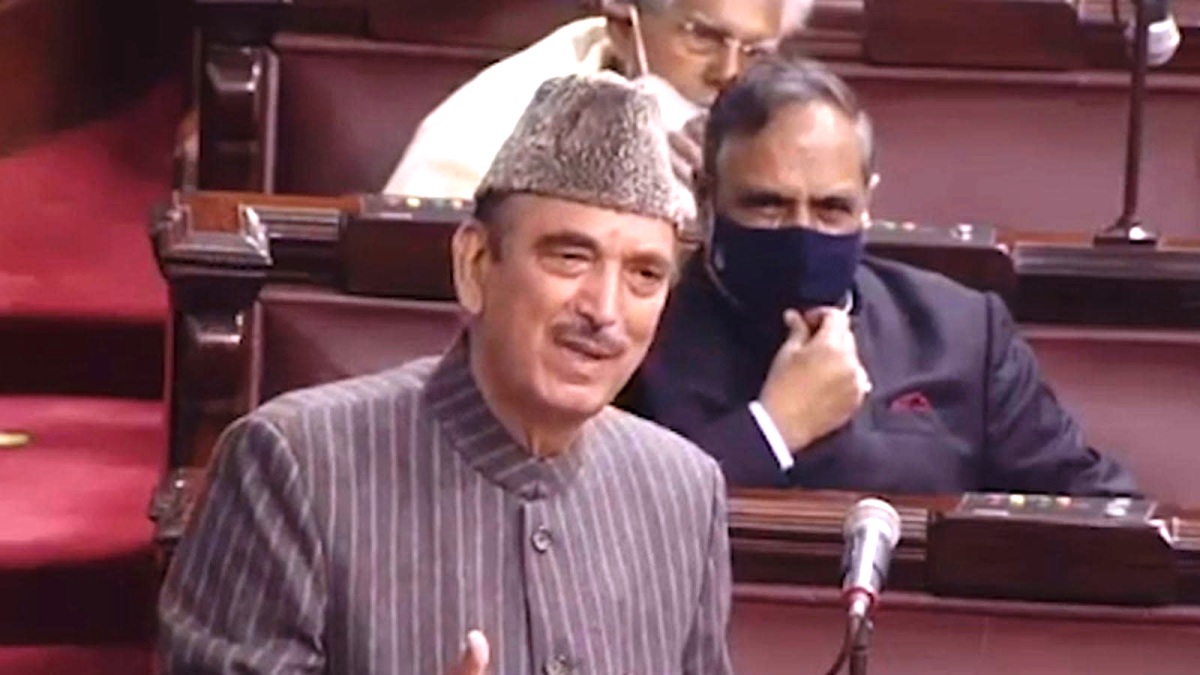are located at regular intervals/ distances from each other and not in a cluster. Well equipped and staffed MACs should be set up at Sangam and in Holy Camp Lower Camp area.
ITBP (which has considerable experience of organizing medical aid for Mansrovar Yatra) should be asked to set up at least two MACs in the lower Holy Cave and Sheshnag areas. They could perhaps set up more MACs in subsequent years.
9.2.7 There is need for establishing a well organised MAC, along with adequate number of Rescue Volunteers, in the Lower Cave and Sangam Top areas and also at other locations like Kalimata Top, Railpathri, Nagakoti, Wavbal etc.
9.2.8 Keeping in view that a fair percentage of pilgrims prefer Indian Systems of Medicine (ISM), an increased number of ISM medical camps could be provided at suitable locations along both the routes.
9.2.9 The Union Health Ministry and the States (particularly those from where a relatively larger number of pilgrims arrive) should be moved to provide the services of Specialist doctors, as well as GDMOs, to supplement the efforts of the State Government.
9.2.10 The Union Health Ministry should facilitate timely arrangements for appropriate training in High Altitude Sickness Management being provided to doctors and paramedics of the J&K Health Department who are to be deployed on Yatra duty.
9.2.11 The Union Health Ministry should enable experienced Specialists to advise the State Health authorities regarding the medicines, medical equipments etc. which should be provided in MACs located in the high altitude areas. The Union Health Ministry should also supplement the efforts of the State to provide the required equipments/medicines, particularly in
regard to the provision of portable Hyperbaric Chambers for on-the-spot decompression of sick Yatris at identified Medical camps.
9.2.12 The possibility of providing special insulated tents or Prefabricated Huts or completing the pucca structures to house medical facilities therein should be timely explored and the needful done by the State Health Department with the required support, as needed, from the Union Health Ministry.
9.2.13 The MACs at Holy Cave, Sangam, Panjtarni, Sheshnag and Poshpathri should be housed in larger tents/structures in which temperatures at 25-26 degrees can be maintained for effective patient care. The State Health Department should procure suitable tents/ prefabricated huts for this purpose.
9.2.14 A Committee comprising CEO, SASB (Convenor), one High Altitude Medicine Specialist (to be nominated by the Union Health Ministry) and one Medical Specialist (to be nominated by the State Health Department) will prepare an appropriate food menu which shall be adhered to by the Langar Organizations. All other food items/ junk food should be banned and not allowed to be served on the Yatra route.
9.2.15 The SASB should make the Yatris better aware of the challenges and the medical problems they are likely to face when they embark on an arduous trek and devise a suitable communication strategy in this regard. The support of the Union Information and Broadcasting Ministry should be sought for creating enhanced awareness among the pilgrims through airing and screening of Documentaries, Public Interest Messages (of both short and long duration) on AIR and Doordarshan National and Regional Channels and besides, through private radio/TV channels.
9.2.16 The SASB should publish pamphlets in other regional languages, in addition to Hindi and English, since a good number of pilgrims hail from States which have different languages. It would be useful for the SASB to also arrange broadcast of public interest messages in regional languages through television, radio and print media.
9.2.17 More Mountain Rescue Teams (MRTs) should be deployed at identified points along both the Yatra routes, in future pilgrimages. J&K Police should deploy about 6 MRTs in the Yatra area in the next three years and Union Ministry of Home Affairs should provide the necessary resources/ support for arranging specialised training and the latest equipments for the MRTs.
9.2.18 Principal Secretary, Home, J&K, will convene a meeting of all Security Forces, at least two months before the Yatra, to prepare a detailed SoP for the immediate evacuation of ill/injured pilgrims, with the help of the resources available with State Disaster Management Authority, Air Force and SASB.
This meeting should also explore the possibility of providing the facility of air ambulance to evacuate critically ill/injured persons who need to be shifted most immediately.
9.2.19 CEO SASB could explore involving identified NGOs private players to provide the required assistance to unattended sick injured pilgrims, at both the Base Camps. This would relieve the personnel at the MACs who can then devote better attention to the other sick patients.
9.2.20 The SASB should examine the possibility of the Indian Red Cross Society’being involved in enlarging awareness and sensitization of pilgrims. Some of their volunteers could also be engaged for rendering useful health related services.
9.3 ENVIRONMENTAL ISSUES
9.3.1 The following issues were required to be examined by the SHPC
a) Providing of proper public amenities and facilities on way and at the lower end of the glaciers near the Holy Cave.
b) Environmental Impact Assessment
c) The manner and methods to be adopted to attain the above, with least damage or interference with the environment of entire zone right from Baltal to the Holy Cave from different routes.
9.3.2 The SHPC makes the following recommendations vis-a-vis the issues listed above:
9.3.3 While recognising that the SASB has been cognizant of-the vital need to protect the integrity of the environment and has undertaken several measures in this regard, the SHPC notes that it is essential to strengthen these measures through environmental impact assessments and studies being undertaken at regular intervals, on different aspects of the Yatra, to
examine, inter-alia, the impact of the flow of several lakh pilgrims, sanitation and solid waste management, quality and availability of water etc. The SHPC also reiterates that statutory Environmental Impact Assessment shall be conducted whenever so mandated.
9.3.4 Keeping in view the low temperature which prevails in the Yatra area and the need to maintain adequate distances from the nearest water bodies, to avoid any contamination of the waters, CEO, SASB, would need to consult experts to identify the most appropriate technological designs and solutions for the functioning of an optimal number of toilets in the Holy Cave area. CEO, SASB may also explore the possibility of using bio-digester based toilets developed by DRDO for Army camps in the high altitude areas. As tourist arrivals have also been increasing progressively, it would be profitable if Secretary Tourism, Secretary PHE and CEO, SASB coordinate efforts to identify the best available technology options. Such a collective approach would also contribute towards the required investments being cost effective.
9.3.5 The SHPC is of the opinion that the STPs at the Baltal and Nunwan Base Camps need to be technically evaluated and, upgraded as required. In this context, the SHPC was informed about the implementation of the “Recommendations of the Study on the Technical Evaluation of the STPs” which was conducted (in August 2012) by scientists from Centre for Science
and Environment (CSE), New Delhi, at the instance of SASB. This study recommends, interalia, that the existing capacity of the STPs should be enhanced to improve the retention time of the waste disposal system and to ensure effective treatment of waste.
9.3.6 The SHPC also recommends the need to find an urgent appropriate solution for the treatment of the Langar waste, which is high on grease and biological material.
9.3.7 The SHPC recommends that the State Public Health Engineering Department should provide the infrastructure to ensure regular water supply at suitable identified locations, wherever feasible, on the route of the Yatra Camps to enable SASB to set up toilet facilities for the convenience of Yatris.
CEO SASB would need to ensure that all toilets have waste disposal systems and are duly covered under SASB’s Sanitation Contract, so that the facilities are maintained in a hygienic and environmentally safe manner. It would be useful to increase the number of toilet facilities which service the Langars
located along the Yatra route.
9.3.8 To counter the ever increasing use of plastic in the Yatra area, the SHPC recommends the following:
a) The State Government should direct the concerned law enforcement agency(ies) to take all required steps, on a time bound basis, to enforce the current statutory ban on the use of plastic.
b) SASB should progressively arrange facilities for drinking water filters being set up at Camps and Langar sites















